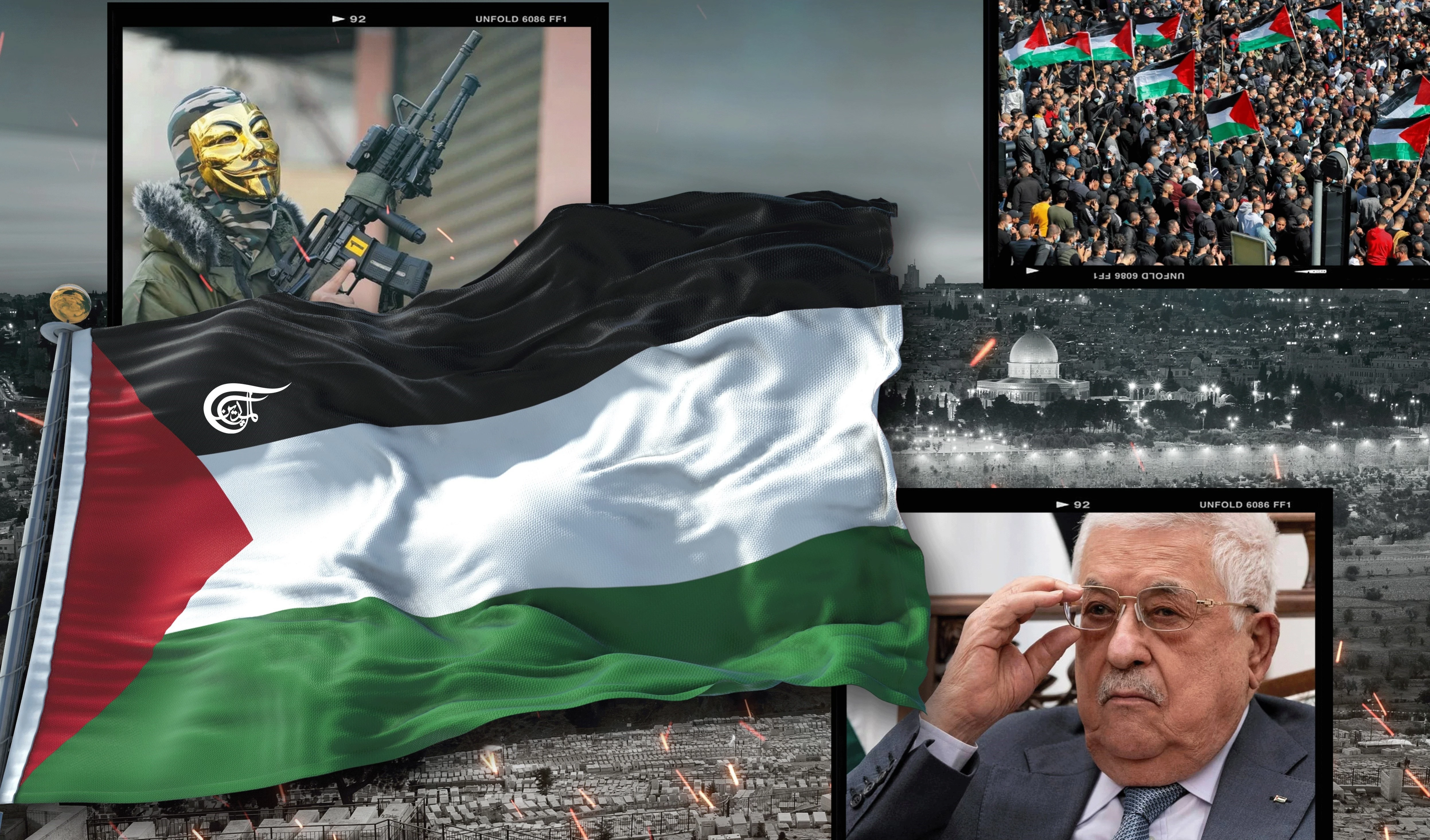The Shah’s Last Party
Following the dust-laden storm that ruined his unparalleled, extravagant party, the Shah faced a more powerful storm that didn’t settle until it uprooted him... What was that storm?
-

The Shah’s unparalleled, extravagant last party
Muhammad Reza Pahlavi, fully dressed in his imperial garb, his medals on, with his crown glowing over his head, stood in front of the great tomb and said with apparent reverence, “Oo Cyrus, Oo great king, king of kings, hero of the history of Iran and the world, I, the Emperor of Iran, present to you, salutations and homage of the people of Iran. Rest in peace, Oo great Cyrus, for the triumphant flag of Iran is flying high today as it was in your era. We are awake and we will stay awake."
That was the peak moment. The guards of honor were marching in front of the emperor when he delivered his speech: one thousand seven hundred soldiers on horses and camels, wearing the costumes of the ancient Persian Army. The Shah wanted an unheard-of celebration to commemorate the dearest anniversary to his heart. Is there greater than the memory of 2500 years for the establishment of the Persian Empire, which he proudly inherited and in whose name he ruled a mighty country? The Shah of Iran has given top priority to the memory, which will be an opportunity to show his greatness and glory not only to the region but to the whole world. The Emperor summoned his Chief of Royal Court, Asadullah Alam, and tasked him with preparing for a celebration that would dazzle the world in terms of its magnitude, grandeur, and distinction.
Work began early in preparation for the upcoming event scheduled on October 12, 1971. The budget was open with no limits on spending. It took several years of hard work and arrangements in order to have a party that pleases the Shah and the Shahbanu as well (the Shah had crowned his third wife, Farah Diba, and officially declared her Empress of Iran in a ceremony in which he wore her a gold-studded crown weighing about 5 kilograms). Asadullah Alam paid a great deal of attention to every detail, to the extent that he once gathered all suppliers and contractors and said to them:" if you do not finish the work on time and to the highest level of quality, I will use my own gun to shoot all of you, and then shoot myself!"
The first problem that Alam encountered was the location. The celebration must be at the very place where Cyrus the Great built his glory. Parsa (Greek Persepolis) was the capital of the Achaemenid (Persian) Empire, and by the time, it turned into an uninhabited place in Iran’s desert called Takht Jamshid, about 70 km from Shiraz. Alam found a creative solution: He will re-create the city but this time it will be built of a large number of special-specs tents that will suit the emperor and his guests (an idea inspired from the tents in which King Henry VIII and his entourage stayed when he was hosted by France’s King François I in the year 1520). And so, a large complex of air-conditioned tents equipped with the latest modern communications and comfort technologies was built, decorated with Persian hand-made carpets, for the guests to stay during the celebration event (three days). A central water fountain was set up, with greeneries and a golf course in the midst of the blazing desert. And before all that, planes loaded with chemicals sprayed with a domain of 30 km in diameter to eliminate snakes and scorpions. Fifteen thousand green trees were imported from France and planted to transform the old place into lush gardens. It was necessary to have birds for the place and so 50,000 birds were imported from France in order to start chirping among the branches of the forcefully-planted trees (the birds did not survive for long in that weather and died after a few days). A highway was built to connect the old city with Shiraz Airport after it was renovated and enlarged. 250 luxurious limousines were ordered to be in the service of the high-esteem guests.
The list of guests included kings, emperors, Sultans, princes, presidents, and prime ministers from 69 countries. The US President, busy with the Vietnam War, did not come but sent his deputy instead: Vice President Spiro Agnew (despite the importance of the Shah and Iran in the American strategy, Nixon eventually realized the whole event was just a show and does not have time for it). The Shah's focus was, actually, on the old royal dynasties in Europe. Kings and Queens from Sweden, Denmark, Norway, Holland, Belgium, and Spain, and even Constantine; the former King of Greece, the Prince and Princess of Monaco, and the Duchess of Luxembourg... they all came. Queen Elizabeth, decided not to attend (perhaps because the British government did not feel comfortable with the phrase "King of Kings" which the Shah used to refer to himself and to his assumed grandfather Cyrus the Great), and that almost caused a crisis between Iran and Britain, which was finally resolved by agreeing to the presence of the Queen's husband, Prince Philip, along with Princess Anne. The Pope deputed a special delegate to represent him. From outside Europe, the Emperor of Ethiopia Haile Selassie, the King of Nepal, King Hussein of Jordan, Sultan Qaboos of Oman, the King of Malaysia, the Lebanese President and Marcos, the dictator of the Philippines (and his wife, the high-profile Imelda), and many others attended (600 guests).
After completing the arrangements for the venue and agreeing on the list of invited guests, Asadullah Alam moved on to something no less important: the food. Here, too, genius Alam came up with another creative solution to the dilemma of the multiplicity of tastes and the sensitivity of the great guests: he will ask the most famous restaurant in the world to take charge of the food at the imperial party. He signed a contract with Maxime Restaurant in Paris, which accepted the challenge and decided to be up to it. The first thing that Maxim's management did was to call on the world-renowned chef, Max Blue, from his retirement to oversee the 159 cooks, bakers, and waiters who will go to Iran to take charge of the great event and bring it out in a perfect way. And so they all traveled to Iran ten days before the opening of the ceremony and stayed for four days after it. That was the entire staff of Maxime's restaurant, none of them remained in Paris, so the famous restaurant closed its doors for two weeks! Chef Max Bleu excelled, bringing out his many years of experience to prepare a menu the world had never seen before, that included French mutton with truffle, roasted peacock meat seasoned with special herbs, special types of lobster, and quail eggs stuffed with fine Iranian caviar. After this banquet, the audience enjoyed Chef Blue's selection of sweets, which included rare types of glazed figs and wild blackberries. The dining tent was very spacious and extended over an area of 68 meters in length and 24 in width. Of course, such a party could not be complete without aged wines, as five thousand bottles of the finest French wines were imported, most of them are Chateau Lafaité produced in 1945, and some are of the Moy Chandu type older than 1911 (the companies producing and marketing fine wines still boast to this day the types which they served at that Shah party, and certain websites are devoted to them to highlight their quality and distinguish them from other competitors).
Of course, the propaganda and media part of the event could not have been forgotten by a man like Alam. Such a party must be documented and promoted so that the whole world would see the Emperor's greatness and majesty. So, a special crew from Hollywood was hired to take care of photography and filming, and the famous director and actor Orson Welles was chosen as the speaker in the film that was produced. Welles concluded his long report by saying, “This is not a celebration of the year, but a celebration of 25 centuries."
Meanwhile, Iranians were absent, completely absent. The common people in the alleys and countryside of Tehran were following what was happening by radio, and a few of them on television. They all heard a lot about the spending and extravagance of their Shah, about his lavish guests, and about their money that was wasted to satisfy his arrogance. “It is the celebration of Satan,” their Imam said.
Back to the Shah, all went well for him. He achieved his goal and emerged as King of Kings, heir to Cyrus the Great and all the glories of Iran. But suddenly, at the very moment when the Shah finished his speech and stood watching proudly to see the impact of his words on the kings of the world assembled under his banner, the unthinkable happened! A sudden strong wave of dust-laden wind stormed the place and swept it over. The guests began to shake dust and sand from their fine clothes as they tried with their hands to avoid the harsh desert wind. The Shah was unable to stop the storm and had no choice but to wait for it to pass and calm down.
However, not so many years later, the Shah will find himself unable to respond to a more powerful storm, a storm that will not subside until it uproots him and destroys the pillars of his rule and the foundation of his regime... the storm of the Islamic Revolution.
Author's notes:
- Nobody knew how much was really spent on the ceremony. It was all like fantasy. Something like the old mythical stories. The French press conflicted in their estimates of the total cost of the ceremony, between 100 and 200 million dollars, while some British newspapers went on to exaggerate the figure to 500 million! In any case, it was a staggering figure and exceeds a billion dollars today.
- Sources about this event are many and available. In the online archive of The New York Times, there is an article titled "First Party of Iran's 2,500‐Year Celebration", as well as another article in the Financial Times titled "Decadence and Downfall: The Shah of Iran's Ultimate Party”, which is a summary of a documentary shown on BBC4. There is also an Iranian blog called Aryanmehr, which has a detailed article about the celebration under the title (2500 Years: The Persepolis Celebrations of 1971).

 Hussam AbdelKareem
Hussam AbdelKareem
 10 Min Read
10 Min Read












